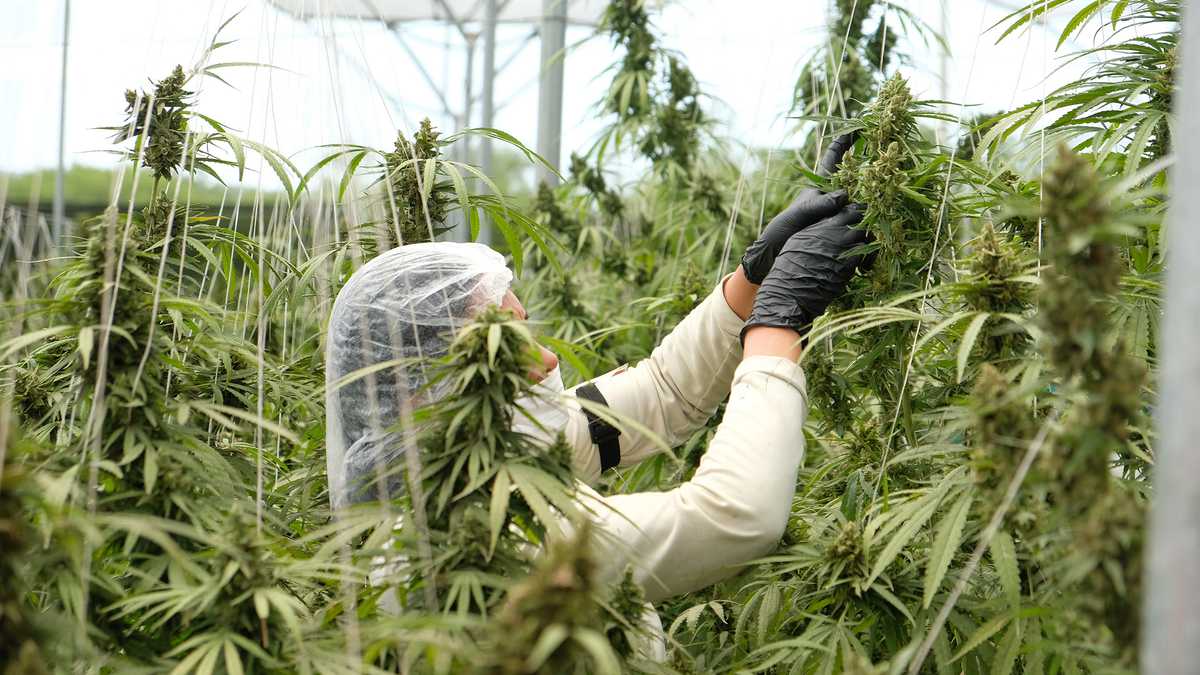RIO DE JANEIRO, BRAZIL – Marijuana has been one of the most popular plants in the world for many years. Although its history is not only based on drug trafficking or drug addiction stories, its essence goes far beyond becoming a medicinal plant capable of curing several health conditions.
For this reason, the National Institute of Employment and Vocational Training in Uruguay launched a training program in hemp flower management, within its agro-industrial educational area, for those interested in the cannabis production sector in the country.
Hemp flower is the fruit of industrial hemp of the Cannabis sativa type, a subspecies of the cannabis plant. They are also known as hemp buds or CBD flowers. Currently, industrial hemp contains less than 0.3% THC, the psychoactive substance in marijuana.

It should be noted that “the course is aimed at people of legal age, who are focused on or have performed harvesting tasks. During the program, the necessary skills will be achieved to perform tasks of handling and manipulating hemp flower during its cultivation and harvesting,” explained the National Employment Institute in a statement.
“The course is part of an inter-institutional project that analyzes the hemp value chain because 100% of hemp flower production in Uruguay is destined for export, and companies have to ensure that all their processes meet the quality standards required by international markets. To this end, the workers who carry out harvest and post-harvest tasks must have the necessary skills to perform these tasks according to the requirements established to comply with the standards,” the technician in charge, Silvia Camacho, told Montevideo Portal.
From there, the National Employment Institute coordinated with the Association of Cannabis Producers, LATU (Technological Laboratory of Uruguay), the Rural Development Agency of Canelones, local Inefop representatives, and other actors of the sector, and a program was created to train workers in the management and harvesting of hemp flower crops.
It is worth highlighting that this sector in Uruguay generates more than 1,000 direct jobs. In harvesting seasons, the figure increases significantly. More than 120 companies are linked to the hemp flower activity, and 80% of them are small and medium-sized companies that began exporting in 2019.
“Since that time, sales abroad were recorded for more than 7.5 million dollars annually. From the workers’ perspective, the occupations derived from cultivation and industrialization are at the door of expanding demands in the sector, which pose promising labor trajectories in the future,” commented Camacho.
On the other hand, Uruguay has cultivation areas specifically in the north and south, being the departments of Salto (north) and Canelones (south), with more companies dedicated to this. For this reason, in the first instance, the course will be held in these two departments.
In the first experience, it is intended to train sixty workers in each area, achieving 120 people. “It is planned to increase the number of groups available based on the training demands received,” explained the technician.
“Our objectives are to ensure that a greater number of workers have the necessary skills to comply with the standards of the hemp cultivation and harvesting processes, as well as to promote the employability of the population that works or intends to work in this growing activity, particularly workers from other crops, such as citrus workers,” concluded Camacho.

